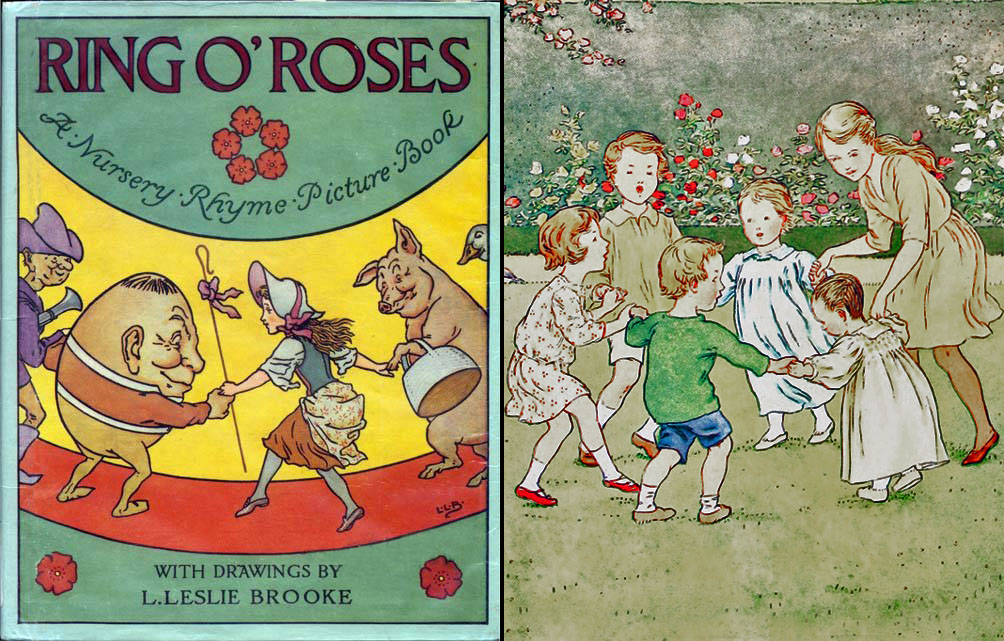
**Reaction Times and Cognitive Evolution: A Century of Insights**
Researchers in psychology have historically employed reaction times as a lens into cognitive functions, dating back to prior to the formal inception of psychology as a recognized field. Reaction times remain crucial in cognitive psychology, providing valuable information regarding the impact of various conditions on cognitive processing speeds.
Among the significant early contributors to this area was Francis Galton, a key figure in statistics and eugenics. In the latter part of the 19th century, Galton gathered a considerable dataset of 3,410 measurements of basic reaction times. His curiosity centered on the possible link between reaction time and intelligence, theorizing that swifter reaction times could suggest superior cognitive ability.
This data invites an intriguing question: how do contemporary individuals fare against their Victorian counterparts regarding reaction speed? Should Galton’s hypothesis prove accurate, it could illuminate generational transformations in cognitive function. This inquiry becomes particularly compelling when contrasted with the well-established Flynn Effect, which documents an increase in IQ scores across generations.
Despite the progressive IQ advancements hinted at by the Flynn Effect, certain studies indicate that Victorian individuals exhibited faster reaction times than contemporary participants. Numerous research efforts, including those by Silverman (2010) and Woodley et al (2013), have revisited Galton’s conclusions in current settings. With a singular exception, the trajectory indicates a prolongation in reaction times, although the reliability of timing with early measurement tools remains a relevant consideration.
A study by Woodley and associates (2015) expands on this fascinating possibility, proposing that modern reaction times are roughly 20 milliseconds longer than those captured by Galton, meaning contemporary participants are around 10% slower. While this might seem minimal, within the scope of cognitive evaluation, this discrepancy is noteworthy.
Nevertheless, interpreting this data presents complexities. Could this observed deceleration signify a deterioration in cognitive capacity? Or could it represent alternative factors, such as improved multitasking skills, shifts in motivation, or experimental differences? The lack of longitudinal data complicates these discussions, as a consistent metric from the 1930s would provide a fuller understanding.
In conclusion, the discourse surrounding reaction times highlights broader inquiries into cognitive evolution, societal transformations, and methodological uniformity. While Galton’s century-old data offers a captivating insight into historical cognition, it simultaneously emphasizes the dynamic, multifaceted essence of human intelligence across generations.
**References:**
1. Irwin, W. S. (2010). Simple reaction time: it is not what it used to be. *American Journal of Psychology*, 123(1), 39-50.
2. Woodley, M. A., Te Nijenhuis, J., & Murphy, R. (2013). Were the Victorians cleverer than us? The decline in general intelligence estimated from a meta-analysis of the slowing of simple reaction time. *Intelligence*, 41(6), 843-850.
3. Woodley, M. A, te Nijenhuis, J., & Murphy, R. (2015). The Victorians were still faster than us. Commentary: Factors influencing the latency of simple reaction time. *Frontiers in human neuroscience*, 9, 452.